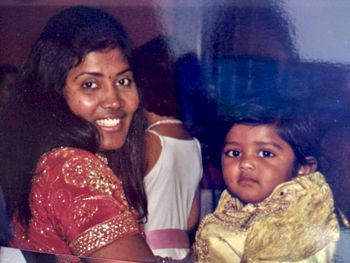New York, Mar 24: An Indian IT professional and her seven-year-old son in the US were found with their throats slit, prompting the police to launch a criminal investigation into the brutal killing.
Sasikala, 40, and her son Anish Sai were found dead in their home in Burlington, New Jersey when her husband Narra Hanumanth Rao returned from work yesterday.
Indian-American community leader and President of the non-profit Indian American Friendship Council (IAFC) Prasad Thotakura told PTI that according to the information he has, Rao allegedly found his wife and child "in a pool of blood" and "with their throats slit".
According to information available so far, Sasikala had picked up her son from school in the afternoon and returned home. Their bodies were later found in their home by her husband.
Thotakura said the police have launched a criminal investigation into the case and are looking into motives behind the murder, including the possibilities of any foul play. He added that no details are yet available to ascertain if the case involved any domestic dispute.
He said the Telugu Association of North America is helping the family to send the bodies back to India.
The couple worked in the IT fields and had been living in the US for the last 12 years.





Comments
Add new comment